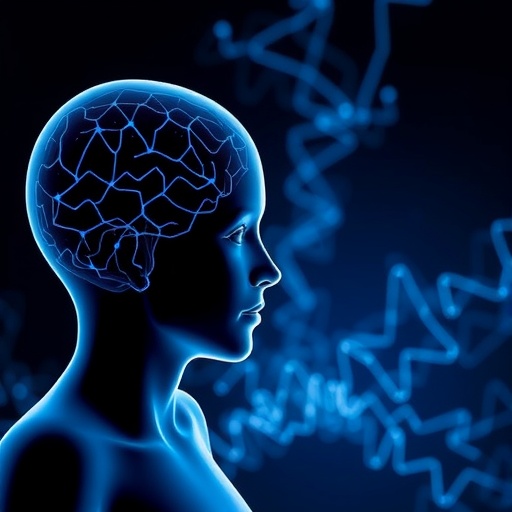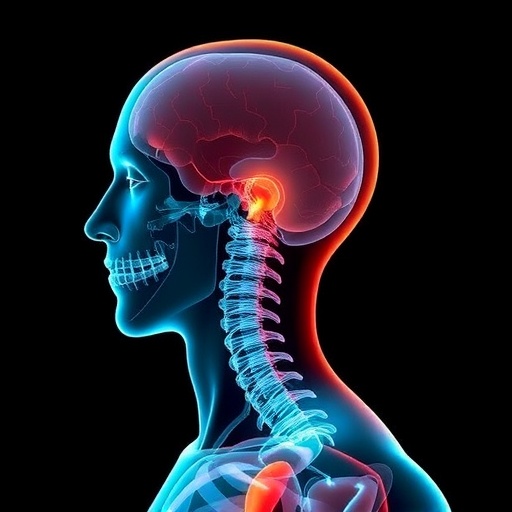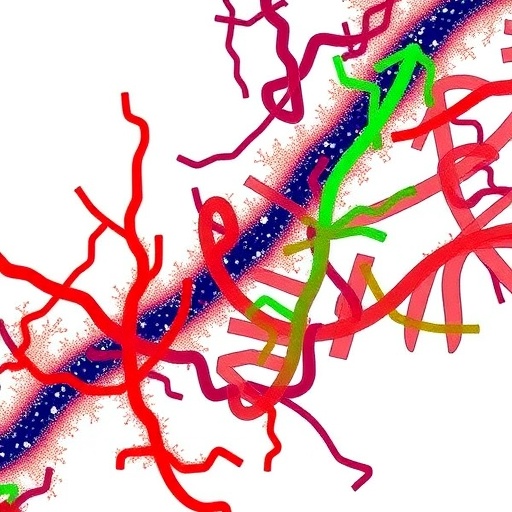A recent case study has delved into a Chinese family grappling with the complexities of infantile convulsion and choreoathetosis syndrome, emphasizing the potential genetic underpinnings of their experiences. This comprehensive research sheds light on the myriad of phenotypic traits experienced by the family, further illuminating the intricacies surrounding the PRRT2 gene-related syndrome. By expanding the clinical understanding of PRRT2-related conditions, the study provokes critical discussions within the genetic and pediatric communities.
The PRRT2 gene, located on chromosome 16, is garnering attention due to its significant role in neuronal excitability and synaptic transmission. Variations or mutations in this gene have been implicated in a range of neurological disorders, particularly those affecting motor control and developmental progress. By focusing on a family that exhibits varied symptoms related to this gene, researchers provide essential insights into the broader phenotypic spectrum linked to PRRT2 mutations.
One of the more marked characteristics observed in this family is developmental impairment. Children affected by PRRT2-related syndromes often exhibit delays in achieving critical developmental milestones. These delays may manifest as challenges in motor skills, cognition, and social interactions, leading to profound implications not only for the children but also their families. Understanding the full scope of these developmental challenges is crucial for providing appropriate interventions and support.
Moreover, the presence of infantile convulsions reflects the heightened neural instability associated with PRRT2 mutations. Convulsions during infancy can often have severe consequences, affecting overall growth and development. Through this study, researchers highlight the importance of recognizing these seizures as part of a broader clinical picture, which can enhance diagnostic capabilities and inform more effective treatment plans.
Choreoathetosis, another key symptom detailed in this study, further complicates the clinical landscape. This movement disorder, characterized by involuntary, irregular movements, can severely hinder quality of life. In children, choreoathetosis poses challenges in basic activities of daily living and can affect self-esteem and social integration. The relationship between this disorder and the PRRT2 gene underscores the necessity for ongoing research in understanding these complex interactions.
The combination of these manifestations illustrates the multi-faceted nature of PRRT2-related syndromes, suggesting that a singular clinical approach may not be sufficient. Clinicians are urged to adopt a more holistic perspective when diagnosing and treating affected individuals. Tailored therapeutic strategies rooted in comprehensive genetic understanding are vital to improving patient outcomes.
Furthermore, by exploring a familial case rather than isolated instances, the researchers argue for a more profound analysis of hereditary patterns and genetic predispositions. The insights gathered not only contribute to the existing body of literature but also pave the way for future investigations into the familial aspects of PRRT2 mutations. Such research efforts could lead to the identification of additional phenotypic traits associated with this gene, expanding the clinical spectrum even further.
This study contributes to the ongoing dialogue regarding genetic counseling, particularly for families with a history of neurological disorders. As our comprehension of PRRT2-related syndromes deepens, the necessity for informed counsel and resources for affected families becomes increasingly essential. This can empower families to make educated decisions regarding management and care.
In addition, this research plays a pivotal role in fostering collaboration among geneticists, pediatricians, and neurologists. As these professionals come together to further explore the clinical impacts of PRRT2 mutations, interdisciplinary approaches can lead to enhanced diagnostic tools and improved treatment protocols. Collaboration can bridge gaps between research and clinical practice, ensuring that families receive cutting-edge care based on the latest scientific findings.
The involvement of advanced genetic testing technologies further supports this endeavor. The integration of next-generation sequencing allows for rapid identification of genetic mutations, streamlining the diagnostic process. This has profound implications for affected families, enabling early interventions and more personalized treatment plans.
As the field of genetics continues to evolve, ongoing research is paramount in demystifying the complexities of conditions like PRRT2-related syndrome. The findings outlined in this study not only illuminate the lives of the children and families affected but also emphasize the broader implications for medical science. By sharing these narratives, researchers inspire hope and potential for those struggling with similar challenges.
Ultimately, the revelations from this case study encourage an optimistic outlook toward future studies aimed at decoding genetic correlations in neurological disorders. This broadens the horizon for research, pointing to a future where genetic discoveries could lead to tangible, life-altering outcomes for individuals and families facing the daunting specter of genetic health issues.
In conclusion, the intricate tapestry of phenotypic traits associated with PRRT2-related syndromes, as illuminated in this case study, provides critical insights into the implications of genetic research on clinical practices. The journey from understanding genetic mutations to enhancing patient care is one marked by collaboration, innovation, and dedication to improving the quality of life for those affected.
Subject of Research: PRRT2-related syndrome in a Chinese family with infantile convulsion and choreoathetosis.
Article Title: Multiple phenotypic traits including developmental impairment in a Chinese family with infantile convulsion and choreoathetosis syndrome: a case study expanding the clinical spectrum of PRRT2-related syndrome.
Article References:
Wu, R., Li, X., He, Z. et al. Multiple phenotypic traits including developmental impairment in a Chinese family with infantile convulsion and choreoathetosis syndrome: a case study expanding the clinical spectrum of prrt2-related syndrome.
BMC Pediatr 25, 769 (2025). https://doi.org/10.1186/s12887-025-06180-9
Image Credits: AI Generated
DOI: 10.1186/s12887-025-06180-9
Keywords: PRRT2 gene, infantile convulsion, choreoathetosis syndrome, genetic research, pediatric neurology, developmental impairment, case study.
Tags: challenges in achieving developmental milestonesdevelopmental impairment in childrengenetic underpinnings of PRRT2implications of PRRT2-related syndromesinfantile convulsion and choreoathetosismotor control and developmental progressneurological disorders related to PRRT2pediatric genetic researchphenotypic traits of PRRT2 mutationsPRRT2 gene and neuronal excitabilityPRRT2 syndrome case studyunderstanding PRRT2 phenotypic spectrum





